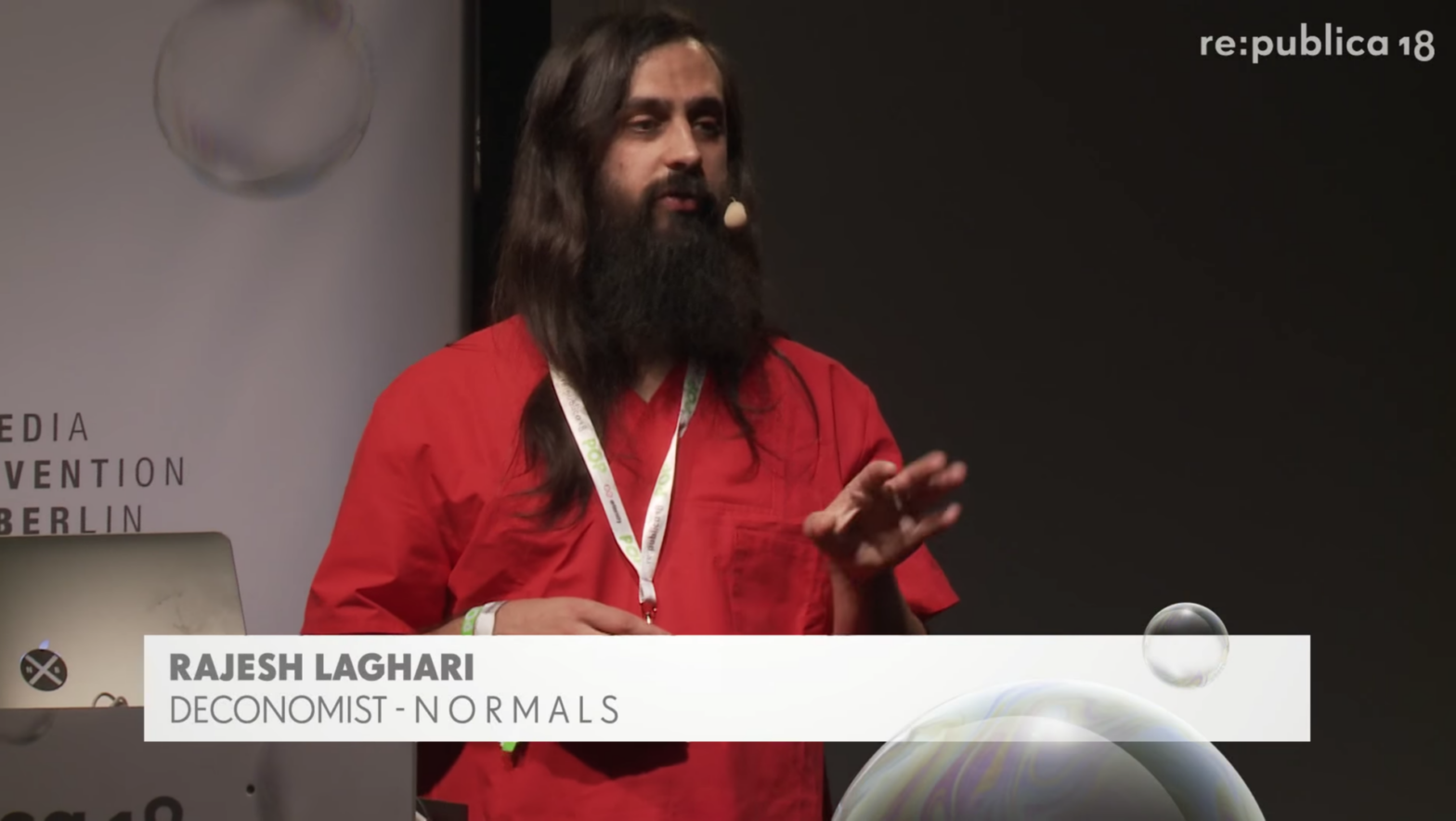When presented undercover, fictions are often understood as hoaxes aimed at deceiving their audience. To us, they are ways to talk about possible futures as if they were already happening — to make them more relatable, and debatable. They give abstract visions just enough tangibility to let the audience engage with them. The best fictions feel both exotic and familiar, following the idea that “if we told you this exists somewhere else, you would believe it.”

This creates a shared immersive experience around something inherently theoretical. Fictions like these usually happen in public and take the form of talks, performances, or PR operations, all designed to be plausible enough for viewers to let their guard down and be transported by possibilities. But, these possibilities must be imperfect enough that they question our core values. They must also remain undercover long enough for these conversations to happen ‘in diegesis’ or within the fiction, but not so long that they become deceptive.
It is of course a delicate balance that must be found. Releasing a fiction on public channels presents its own challenges to maintain a certain suspension of disbelief once the initial prompts have been published. It requires planning fictional milestones and the reveal moment ahead of the original release, so that even unexpected developments can be made to fit the script.
Ultimately, undercover fictions must be understood as a means to an end: a tool to make imperfect futures feel contemporary, collect a public’s reaction to a broader discourse on the future, and invite criticism from within a speculative and safe space.




